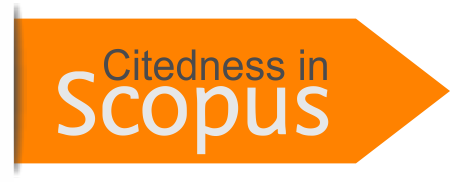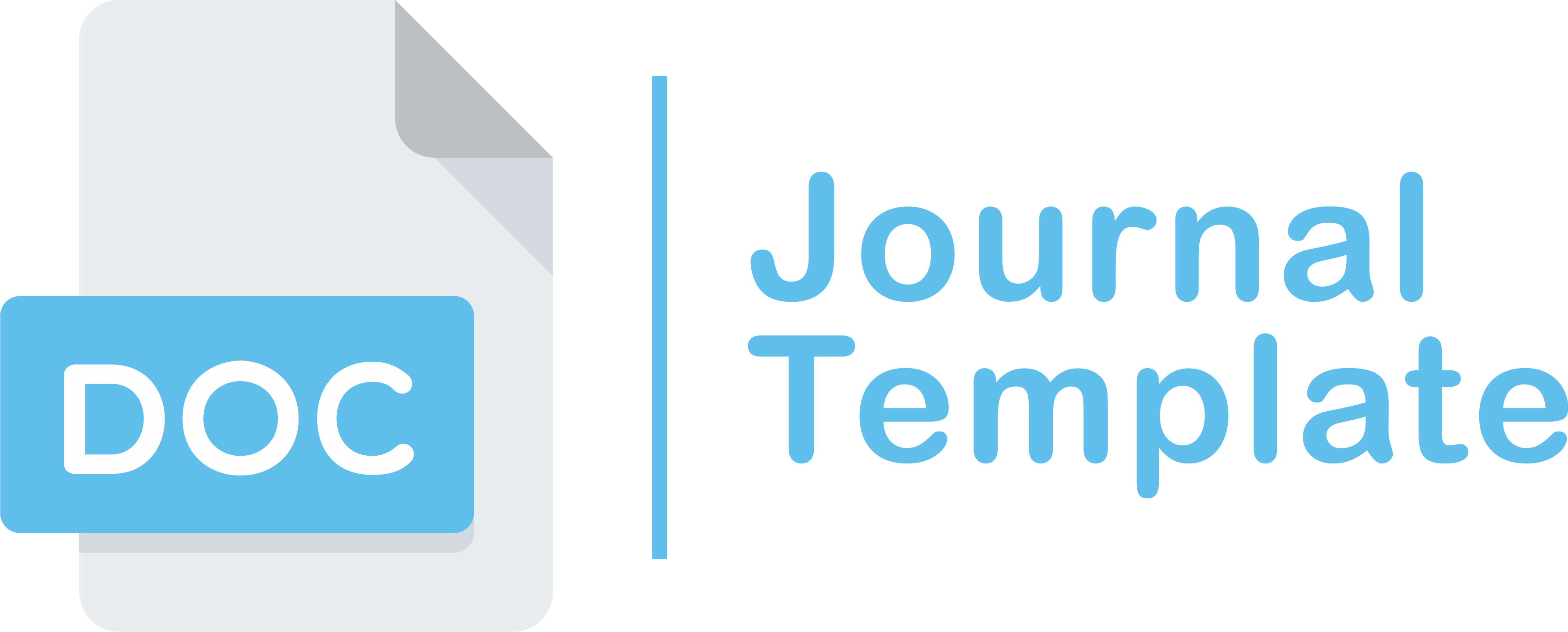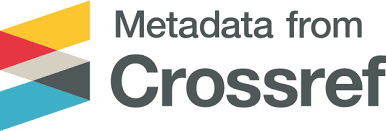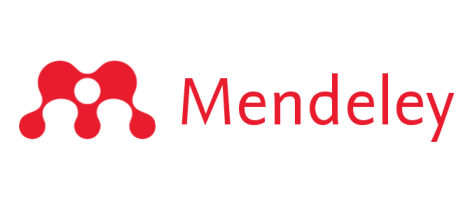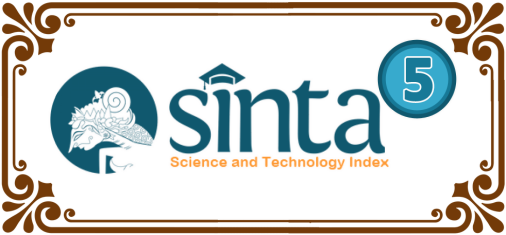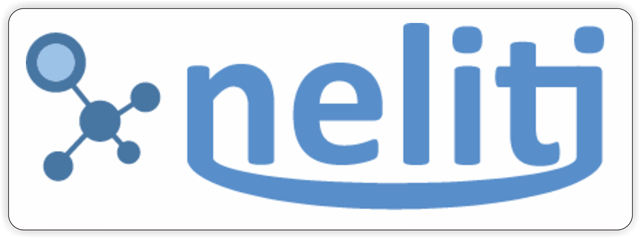Hospital Cash Flow Management Strategies in Facing the Post-COVID-19 Global Health Crisis
DOI:
https://doi.org/10.69989/aprqsn10Keywords:
Management Strategy, Cash Flow, Health CrisisAbstract
The COVID-19 pandemic has exposed significant vulnerabilities in global healthcare systems, severely impacting the financial and operational stability of hospitals. This systematic literature review analyzes the post-COVID-19 global health crisis's effects on hospital cash flow, identifies core principles of effective cash flow management, and formulates comprehensive strategies to enhance hospitals’ financial and operational resilience. This study employs the Systematic Literature Review (SLR) method as the primary approach to identify, evaluate, and synthesize findings from various sources of literature relevant to the research topic. Findings reveal that hospitals have faced sharp revenue declines and increased operational burdens, further exacerbated by challenges in claims processing and reimbursement systems. Nevertheless, adaptive hospitals demonstrated resilience through revenue diversification and cost efficiency. This report highlights the importance of proactive cash flow planning and monitoring, optimization of receivables and claims management, prudent debt management, operational efficiency, and strategic investment in digital transformation. Furthermore, human resource development and the establishment of strong crisis management teams are critical elements in building long-term resilience. Recommendations include adopting integrated technologies, enhancing collaboration, and advocating for more efficient payment systems to ensure the sustainability of healthcare services amid future global uncertainties.
Downloads
References
Agustina, P., & Hayu, S. (2022). Managemen keuangan rumah sakit sumber kasih di masa pandemi. Al Naqdu: Jurnal Kajian Keislaman, 3(2).
Al Mutair, A., Layqah, L., Alhassan, B., Alkhalifah, S., Almossabeh, M., AlSaleh, T., AlSulaiman, Z., Alatiyyah, Z., Almusalami, E. M., Al-Jamea, L. H., Woodman, A., Hajissa, K., Alhumaid, S., & Rabaan, A. A. (2022). Estimated cost of treating hospitalized COVID-19 patients in Saudi Arabia. Scientific Reports, 12(1). https://doi.org/10.1038/s41598-022-26042-z
Ali, M. M., & Ali, K. M. (2021). Using a Cash Flow Model to Predict Future Cash Flow from Historical Cash Flow: a Malaysian Perspective. Academy of Accounting and Financial Studies Journal, 25(5), 1–11.
Ambarwati, W. (2021). Pembiayaan pasien covid-19 dan dampak keuangan terhadap rumah sakit yang melayani pasien covid-19 di Indonesia analisis periode maret 2020–desember 2020. Jurnal Ekonomi Kesehatan Indonesia, 6(1), 3.
Azizah, A. (2022). Analisis Efektivitas Pendapatan dan Efisiensi Belanja Guna Mengukur Kinerja Keuangan Rumah Sakit Umum Daerah Ahmad Ripin Kabupaten Muaro Jambi Pada Masa Pandemi Covid 19. Jurnal Manajemen Terapan Dan Keuangan, 11(2), 335–347.
Carroll, N. W., Shih, S.-F., Karim, S. A., & Lee, S.-Y. D. (2024). Hospital Finances During the First Two Years of The Covid-19 Pandemic: Evidence from Washington State Hospitals. In Advances in Health Care Management (Vol. 22, pp. 143–160). https://doi.org/10.1108/S1474-823120240000022007
Carroll, N. W., & Smith, D. G. (2020). Financial implications of the CoviD-19 epidemic for hospitals: A case study. Journal of Health Care Finance, 46(4), 11–22.
Dameria, K., & Jane, O. (2025). Konteks Transformasi Digital di Sektor Usaha Kesehatan. AKADEMIK: Jurnal Mahasiswa Ekonomi & Bisnis, 5(1), 75–87.
Darsono, A. O. N. A. (2022). Dampak Pandemi Global (COVID19) Terhadap Perekonomian Pekerja Perempuan di Amerika Serikat. Interdependence Journal of International Studies, 3(1), 15–28.
de Andrés Fazio, S., Grande, E. U., & Estébane, R. P. (2022). The “secret life” of the Statement of Cash Flow: A bibliometric analysis. Cuadernos de Gestion, 22(1), 143–159. https://doi.org/10.5295/CDG.211481RP
De Luca, A., Provvidenti, L., Muselli, M., Di Gianfilippo, G., Angelucci, M., Totaro, M. C., Pitorri, M., Marcelli, M., D’Innocenzo, M., Scatigna, M., Mastrantonio, R., Necozione, S., & Fabiani, L. (2024). Implementation of community health care services to counter the SARS-CoV2 pandemic. BMC Health Services Research, 24(1). https://doi.org/10.1186/s12913-024-10607-x
Filipova, F., Atanasov, A., Marinova, R., & Zapryanova, T. (2025). The Usefulness of Cash Flow Statements in Bank Lending Decisions: Insights from Bulgarian Practices. Financial and Credit Activity: Problems of Theory and Practice, 1(60), 33–48. https://doi.org/10.55643/fcaptp.1.60.2025.4622
Hassanzadeh, H., Boyle, J., Khanna, S., Biki, B., Syed, F., Sweeney, L., & Borkwood, E. (2023). A discrete event simulation for improving operating theatre efficiency. International Journal of Health Planning and Management, 38(2), 360–379. https://doi.org/10.1002/hpm.3589
Herey, P., & Temesvari, N. A. (2022). Determinants of Approval Claims at Hospital Among COVID-19 Patients. Media Kesehatan Masyarakat Indonesia, 18(2), 67–73. https://doi.org/10.30597/mkmi.v18i2.19536
Khathimah, H., Farahany, S., & Purba, S. H. (2025). Tantangan dan peluang dalam transformasi digital kesehatan di rumah sakit. Jurnal Pengabdian Kepada Masyarakat Abdi Putra, 5(1), 16–23.
Kouanfack, C., Suzie, F. F., Nguekam, M. F., Whegang, S. Y., Chefor, A. D., Dzudie, A., Ateudjieu, J., Sobngwi, E., & Fouda, P. J. (2022). Effect of the COVID-19 pandemic on the financial revenues of public hospitals with a care centre: case of the Yaoundé Central Hospital. Journal of Public Health in Africa, 13(3). https://doi.org/10.4081/jphia.2022.2195
Kristyanti, M. R. (2022). Covid-19 Pandemic, 2020 Financial Performance and Strategy of Panti Waluyo Hospital Surakarta. Academic Hospital Journal, 4(2), 75.
Mohtady Ali, H., Ranse, J., Roiko, A., & Desha, C. (2022). Investigating Organizational Learning and Adaptations for Improved Disaster Response Towards Resilient Hospitals: An Integrative Literature Review. Prehospital and Disaster Medicine, 37(5), 665–673. https://doi.org/10.1017/S1049023X2200108X
Orlando, A. W., & Field, R. I. (2021). Measuring the COVID-19 Financial Threat to Hospital Markets. Inquiry (United States), 58. https://doi.org/10.1177/00469580211059985
Pogorelov, Y., Dubovaya, V., & Bilousova, A. (2018). Relevant cash flows information for Engineering & Construction’ companies investors. International Journal of Engineering and Technology(UAE), 7(3), 322–328. https://doi.org/10.14419/ijet.v7i3.2.14428
Rauscher, S., & Wheeler, J. R. C. (2012). The importance of working capital management for hospital profitability: Evidence from bond-issuing, not-for-profit U.S. hospitals. Health Care Management Review, 37(4), 339–346. https://doi.org/10.1097/HMR.0b013e3182224189
Ravaghi, H., Naidoo, V., Mataria, A., & Khalil, M. (2022). Hospitals early challenges and interventions combatting COVID-19 in the Eastern Mediterranean Region. PLoS ONE, 17(6 June). https://doi.org/10.1371/journal.pone.0268386
Ristiantri, Y. R. A., Susiloningtyas, D., Shidiq, I. P. A., Syetiawan, A., & Azizah, F. N. (2022). Multi-criteria Decision Analysis for Readiness of COVID-19 Referral Hospital in Jakarta. IOP Conference Series: Earth and Environmental Science, 1039(1). https://doi.org/10.1088/1755-1315/1039/1/012022
Samara, S. (2011). Information valences on cash flow statement. National and international. Quality - Access to Success, 12(SUPPL. 2), 641–647.
Saputra, N., Putera, R. E., Zetra, A., Azwar, Valentina, T. R., & Mulia, R. A. (2024). Capacity building for organizational performance: a systematic review, conceptual framework, and future research directions. Cogent Business and Management, 11(1), 2434966. https://doi.org/10.1080/23311975.2024.2434966
Seringa, J., Pedreiras, S., Freitas, M. J., De Matos, R. V, Rocha, J., Millett, C., & Santana, R. (2022). Direct Costs of COVID-19 Inpatient Admissions in a Portuguese Tertiary Care University Centre. Portuguese Journal of Public Health, 40(1), 26–34. https://doi.org/10.1159/000524368
Singh, S. R., & Wheeler, J. (2012). Hospital financial management: What is the link between revenue cycle management, profitability, and not-for-profit hospitals’ ability to grow equity? Journal of Healthcare Management, 57(5), 325–339. https://doi.org/10.1097/00115514-201209000-00007
Syamsir, S., Saputra, N., & Mulia, R. A. (2025). Leadership agility in a VUCA world: a systematic review, conceptual insights, and research directions. Cogent Business and Management, 12(1). https://doi.org/10.1080/23311975.2025.2482022
Upadhyay, S., Sen, B., & Smith, D. G. (2015). The cash conversion cycle and profitability: A study of hospitals in the state of Washington. Journal of Health Care Finance, 41(4).
Wijaya, P. Y. (2021). Membangun Ketangguhan Ekonomi pada Era Pandemi (Kondisi Pariwisata Bali di Tengah Wabah COVID-19 Realitas dan Respons Kebijakan). Gramedia Pustaka Utama.
Won, A.-N., Song, H.-E., Yang, Y.-K., Park, J.-C., & Hwang, J.-H. (2017). Calculation of Appropriate Minimum Size of Isolation Rooms based on Questionnaire Survey of Experts and Analysis on Conditions of Isolation Room Use. Journal of Physics: Conference Series, 870(1). https://doi.org/10.1088/1742-6596/870/1/012025
Downloads
Published
Issue
Section
License
Copyright (c) 2025 Nailul Fithri Arrasily, Try Jenny Minarsih, Budi Hartono, Alfani Ghutsa Daud (Author)

This work is licensed under a Creative Commons Attribution-ShareAlike 4.0 International License.
Copyright Notice
An author who publishes in the journal "Jurnal Ilmiah Ekotrans & Erudisi" agrees to the following terms:
Author retains the copyright and grants the journal the right of first publication of the work simultaneously licensed under the Creative Commons Attribution-ShareAlike 4.0 License that allows others to share the work with an acknowledgement of the work's authorship and initial publication in this journal
Author is able to enter into separate, additional contractual arrangements for the non-exclusive distribution of the journal's published version of the work (e.g., post it to an institutional repository or publish it in a book) with the acknowledgement of its initial publication in this journal.
Author is permitted and encouraged to post his/her work online (e.g., in institutional repositories or on their website) prior to and during the submission process, as it can lead to productive exchanges, as well as earlier and greater citation of the published work (See The Effect of Open Access).
All materials in this site are protected by the law. It is prohibited to quote a part of or all of this website contents for commercial purposes without the permission or consent of the editors.
If anyone finds one article or more in this journal violate or potentially violate one’s copyrights, please report to us through e-mail of Principle Contact.
Legal-formal aspects of accessing any information and manuscript in this journal website refer to the provision of license Creative Commons Attribution-Share Alike (CC BY-SA). Read more about the Creative Commons Attribution-ShareAlike 4.0 Licence here: https://creativecommons.org/licenses/by-sa/4.0/.
All information available in 'Jurnal Ilmiah Ekotrans & Erudisi' is academic in nature. 'Jurnal Ilmiah Ekotrans & Erudisi' is not responsible for loss due to the abuse of information in the website.
Information
Notice about change in the copyright policy of the journal 'Jurnal Ilmiah Ekotrans & Erudisi' : "From Volume 1, Nomor 1 onwards the copyright of the article published in the journal 'Jurnal Ilmiah Ekotrans & Erudisi' will be retained by the author"
Privacy Statement
The names and email addresses entered in this journal site will be used exclusively for the stated purposes of this journal and will not be made available for any other purpose or to any other party.


















